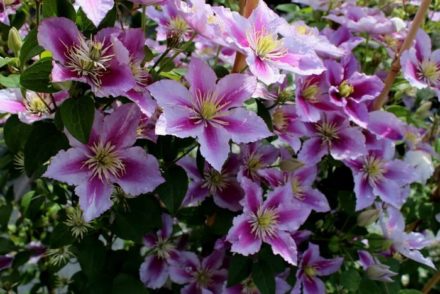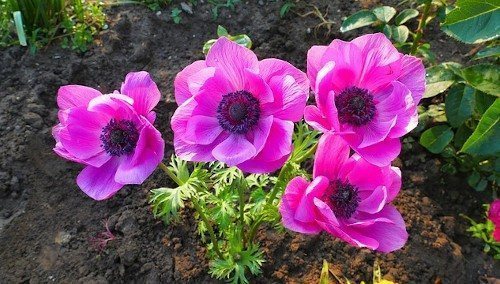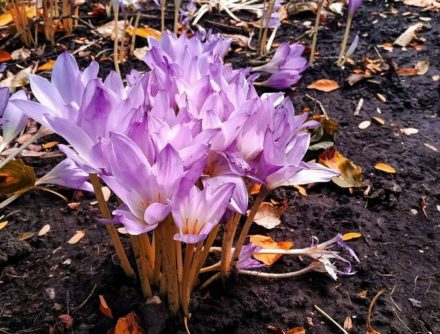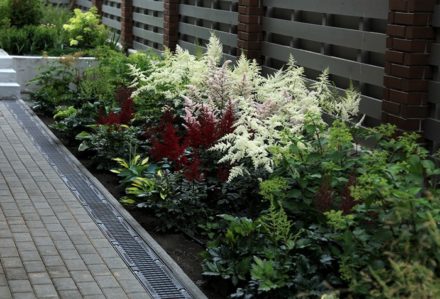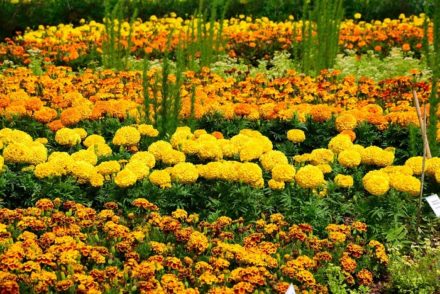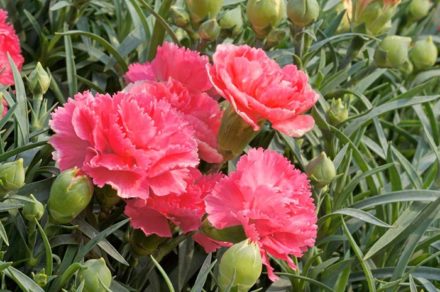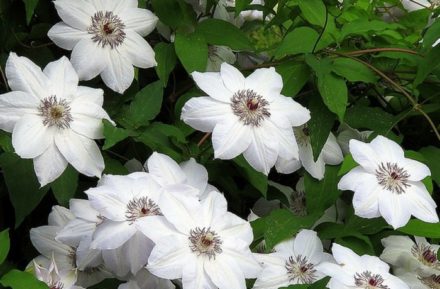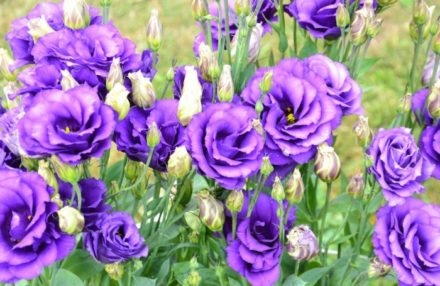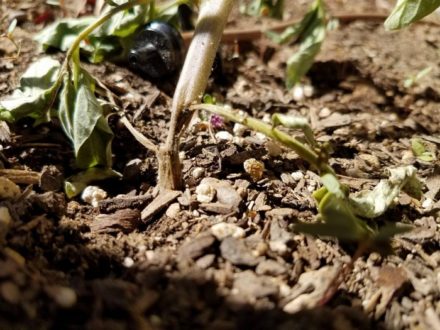Among the representatives of the buttercup family, perennial herbaceous plants predominate. At the same time, annual and biennial species are found. A striking representative of this group is aquilegia. The flower is popularly called catchment. However, not only this perennial can decorate the garden. There are other buttercups that can captivate the eye of a person looking at them. By getting to know them better, perhaps someone will find a new favorite for their site.
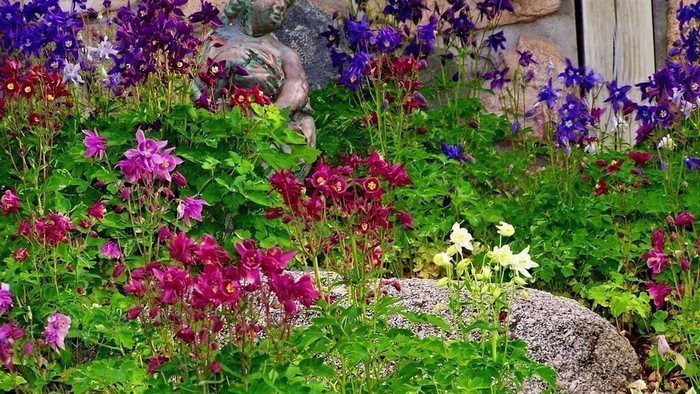
Aquilegia
Aquilegia is as beautiful as it is dangerous. The plant is considered poisonous, especially many toxic substances are contained in the seeds. Looking at the delicate, beautiful inflorescences of this culture, it is difficult to suspect it of treachery.
In appearance, aquilegia bears little resemblance to buttercups, although it is a relative of them. The flowers of the plant look like bells. However, there are varieties with other types of inflorescences. Additionally, the flowers are decorated with sepals of a contrasting shade.
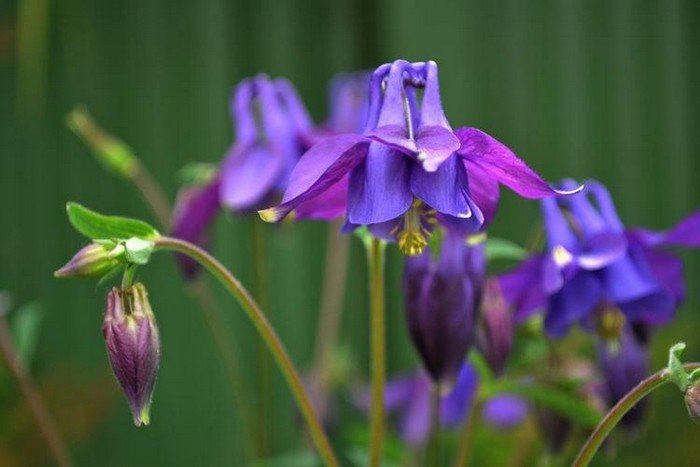
The plant blooms in the second year after planting. Hybrid varieties are especially beautiful. The seeds of such plants are marked “F1” on the package. The culture is unpretentious in care. The plant does not get sick and easily tolerates sudden changes in temperature. Only some heat-loving varieties need shelter for the winter.
Anemone
Many people are afraid to plant anemones in their garden, having heard enough talk about their capriciousness. It really all depends on the variety chosen.Anemones growing from bulbs cause a lot of trouble when growing. Rhizome species of the plant are quite unpretentious.
Anemone is also a perennial. In winter, the root zone is covered with a thick layer of mulch so that the flower does not freeze. Lighting requirements depend on the variety. Plants native to the Mediterranean require a lot of light. Forest species prefer partial shade.
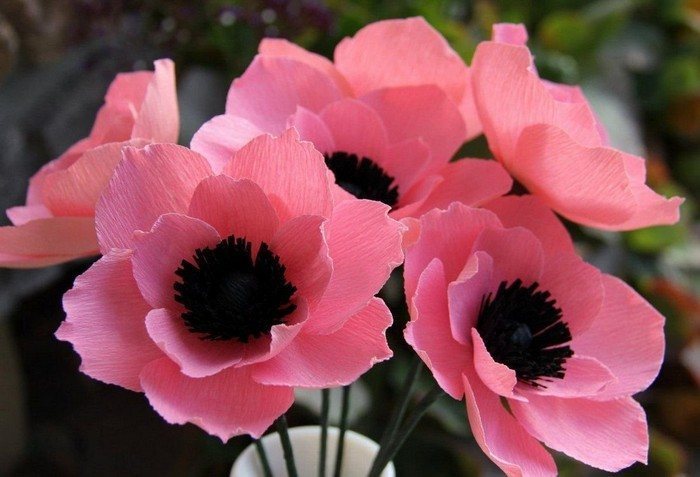
The crop requires moderate watering. Overwatering can cause fungal diseases in plants. Anemone flowers are literally tremulous, their petals sway from the slightest breath of wind. If there are difficulties with acquiring tubers, you can sow anemones with seeds through seedlings.
Delphinium
This common perennial can be found in almost every garden. During the flowering period, many bright blue, light blue or lilac flowers bloom on the plant. With proper care, delphinium can bloom continuously for 50 days.
For its picturesque appearance, delphinium inflorescences are often compared to lace. The plant looks especially impressive in group planting. It can be propagated both by direct sowing in the ground and through seedlings. The culture prefers well-lit places and moderately moist soil.
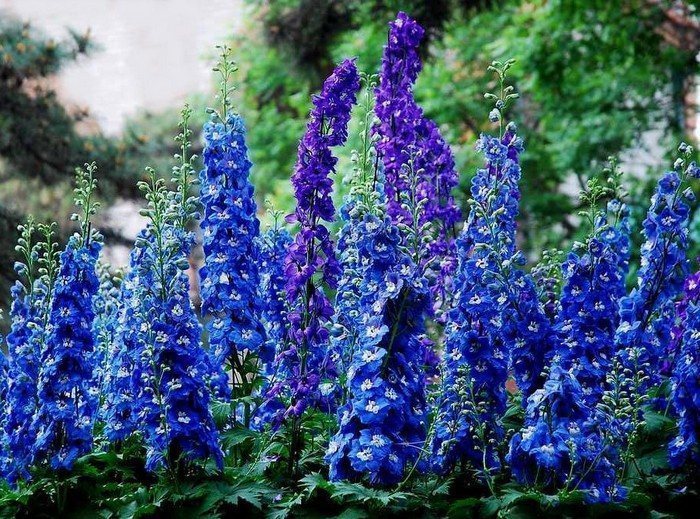
Since delphiniums bloom on high peduncles, they must be planted in an area protected from strong winds, near a building or fence. To be on the safe side, it is better to tie up the plants. With good care, delphinium can bloom in 2 waves, giving flower growers a second bloom at the end of August.
Clematis
This spectacular liana also belongs to the buttercup family.The plant is represented by a huge number of varieties; flower growers have plenty to choose from. Clematis shoots can be herbaceous and woody. It is important to determine what type a variety belongs to at the stage of its acquisition, since each variety requires its own care.
The lush flowering of the vine depends on whether the pruning was done and how correctly. In some species, not only the inflorescences are decorative, but also the leaves, which are purple in color and consist of several lobes.
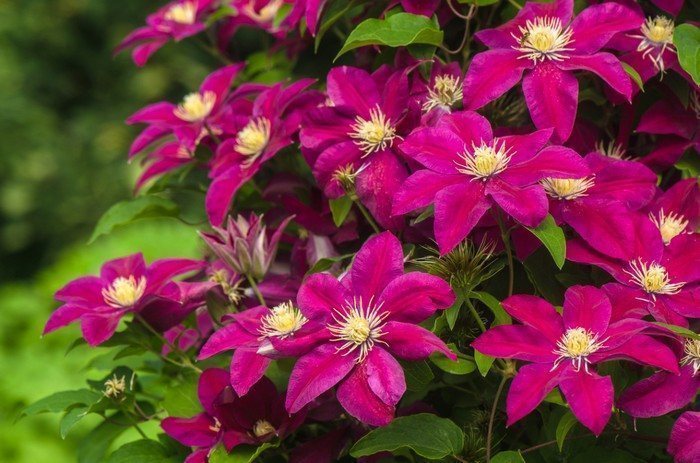
Flowers can be either single or collected in racemes or corymbs. The color palette of clematis is wide. The petals can be white, yellow, pink, crimson, or bright blue. Each flower stays on the plant for 2–3 weeks. Many varieties emit a pleasant aroma during flowering.
Hellebore
Hellebore is valued by gardeners for its ability to bloom at inopportune times. The buds of the plant bloom at the earliest possible times, sometimes breaking through from under the snow. Some varieties of hellebore can bloom later - up to mid-June. Hellebore can grow in both sun and shade. He likes heavy clay fertile soil.
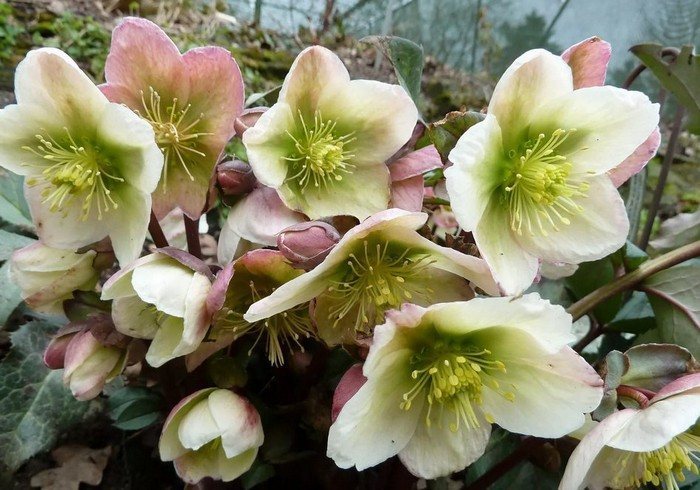
Over time, the bushes grow and require division. The height of the plant varies depending on the variety, but does not exceed 50 cm. During flowering, small flowers are framed by spectacular sepals. Petals can be white, pink, violet, cream, purple. Flower growers need to remember that hellebore is poisonous, like other representatives of the buttercups.
Erantis
Eranthis is not as common as other representatives of the buttercup family, but the plant looks very impressive and deserves attention. Its name is translated from ancient Greek as "spring flower". The plant belongs to the primroses. Eranthis opens its buds at the turn of March and April. Flowering lasts up to 3 weeks.
The culture likes light, moderately moist soil, it does not need watering and fertilizing. The plant can reproduce by seeds and tubers. Eranthis is almost never sick and is not affected by pests. A distinctive feature of the culture is that its flowers are open only during the day, and the petals close closer to evening.
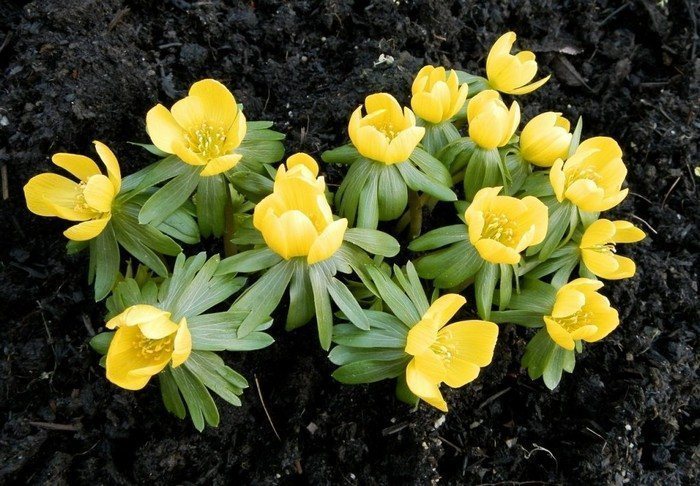
Eranthis tolerates planting in partial shade well, but does not tolerate low-lying places where the ground is often covered with an icy crust. After the seeds hatch, only cotyledon leaves are formed, which soon die off. Do not think that the erantis has died, it is just starting the period of formation of underground tubers. The plant blooms only in the third year.
When planting plants belonging to the buttercup family, you should ensure that small children and pets do not have access to them, since these crops contain a poisonous substance - aconite. This is perhaps the only drawback of beautifully flowering perennials. All of the listed plants are unpretentious, tolerate wintering well, bloom for a long time and abundantly.


